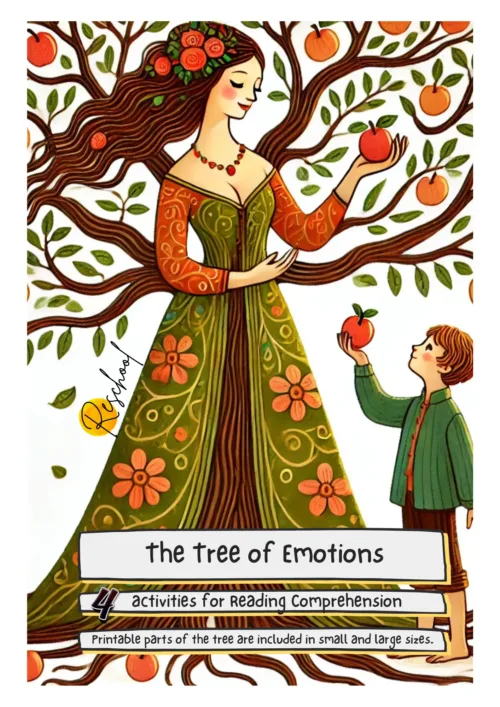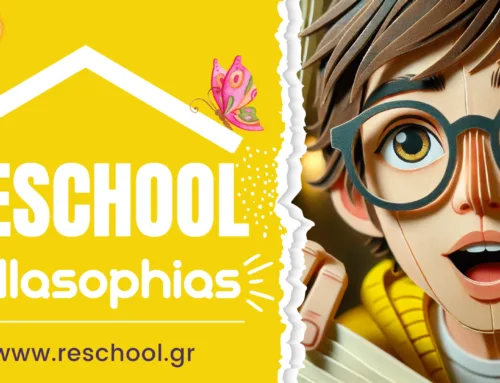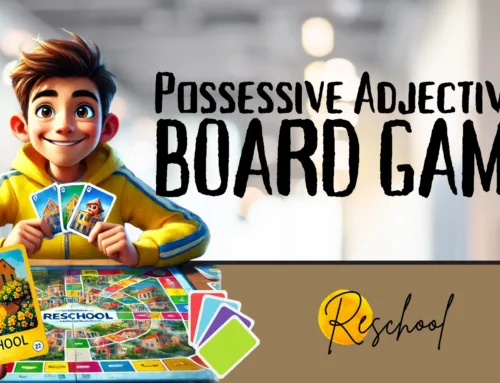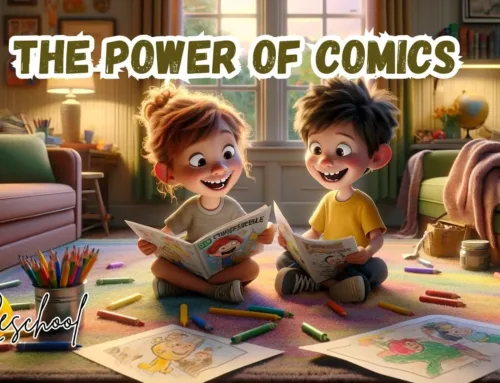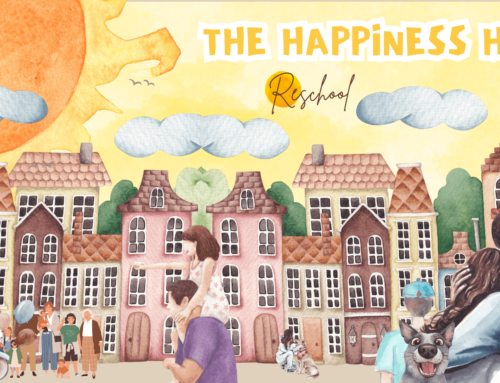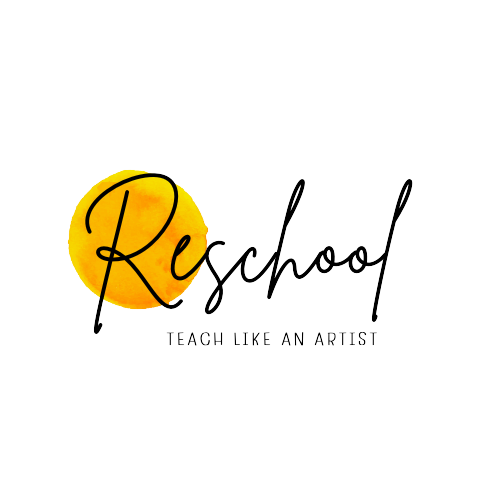Integrate SEL into your teaching!
Integrate SEL into your teaching!
This pack includes four activities designed to help students understand emotions and analyze texts in their books more deeply. The activities revolve around a tree that students can decorate individually or in groups with leaves and fruits, such as apples. The printable materials are available in various sizes, making them adaptable to different classroom needs.


